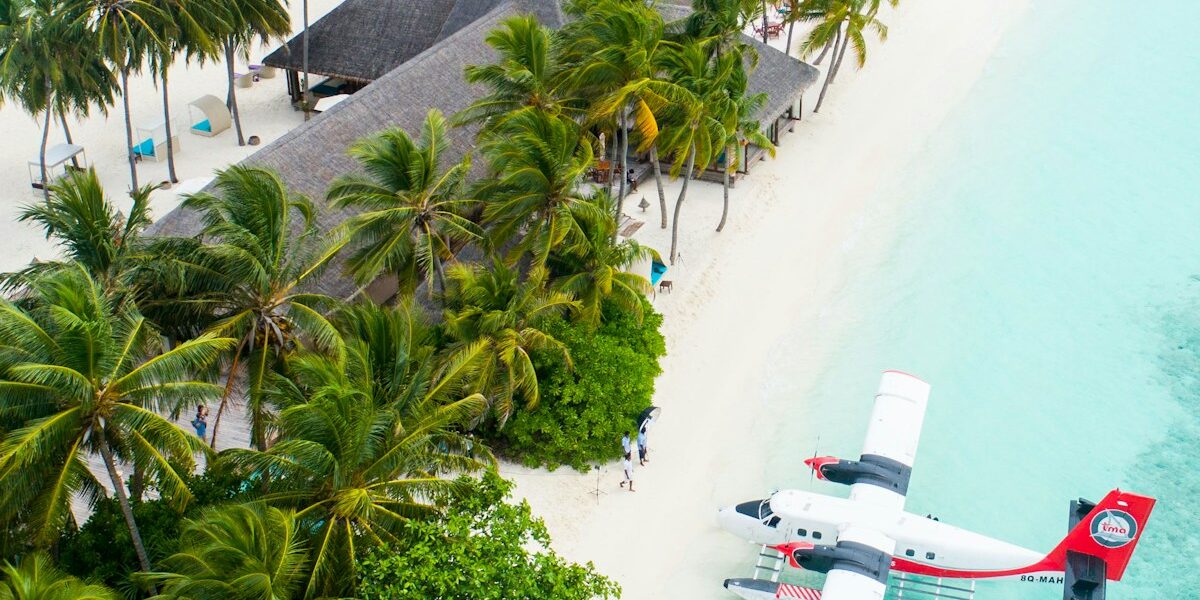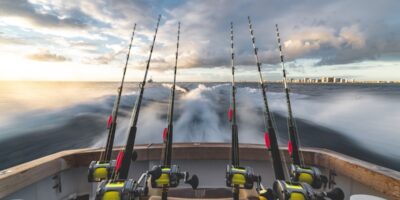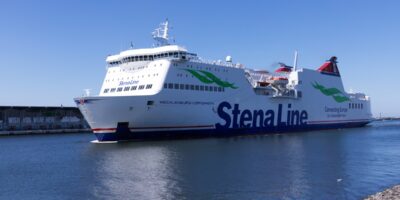Bridge Boats: Innovations in Urban Waterway Transport
Urban environments constantly seek efficient ways to move people and goods. One solution emerging in various cities is the bridge boat, a vessel designed to operate under bridges and in urban waterways. These boats can serve multiple purposes, from public transport to cargo delivery, leveraging waterways to reduce congestion on roads and bridges.

The Concept of Bridge Boats
Bridge boats are typically low-profile vessels. Their design allows them to pass beneath low-clearance bridges, a common feature in many cities. These boats usually have retractable features, such as collapsible masts or folding canopies, to further aid in navigating under bridges.
- Public Transport: Cities like Amsterdam and Venice utilize water taxis and buses to ferry passengers across canals.
- Cargo Delivery: Urban waterways also serve as routes for small cargo boats to deliver goods directly to businesses, reducing the need for trucks.
Design and Engineering
The design of bridge boats focuses on maximizing space and minimizing height. Engineers use lightweight materials to keep the vessels agile and efficient. Advanced materials like aluminum and fiberglass are common due to their strength and weight advantages.
The engineering involves careful calculation of the boat’s height, weight distribution, and stability. Stability is crucial, as urban waterways can present unpredictable currents and conditions.
Benefits of Bridge Boats
These boats offer several benefits over traditional road and bridge transport. They help alleviate traffic congestion, reducing the environmental impact caused by vehicle emissions. They also provide a reliable alternative during road closures or construction.
- Eco-Friendly: Less pollution compared to car traffic.
- Efficient: Reduces travel time, especially during peak hours.
- Flexible: Capable of navigating through various waterways often inaccessible to larger ships.
Examples of Bridge Boats in Action
Numerous cities have adopted bridge boats into their transport systems. In London, river buses traverse the Thames, operating under numerous historic bridges. In Bangkok, boat services on the Chao Phraya River help commuters bypass the city’s notorious traffic jams.
- London: Thames Clippers provide a crucial commuter service.
- Bangkok: Boat ferries offer a speedy alternative to road transport.
- Tokyo: Water buses like the Tokyo Mizube Line navigate the Sumida River.
Challenges and Considerations
Despite their benefits, bridge boats face challenges. Weather conditions, particularly in winter, can disrupt services. Ice, heavy rain, or fog can make navigation hazardous. Moreover, maintaining waterways free of debris is crucial to ensure safe passage.
Creating docking stations in urban areas can be difficult and costly. These stations need to be integrated into existing infrastructure, often requiring significant investment and planning.
The Future of Bridge Boats
As urban populations grow, the need for innovative transport solutions will become more pressing. Bridge boats are likely to play a significant role. Advances in electric propulsion and sustainable materials will make these vessels even more environmentally friendly and efficient.
Understanding currents and water levels will be crucial for future developments. Smart navigation systems and real-time monitoring can help optimize routes and ensure safety.
Conclusion
Urban centers worldwide are rethinking their approaches to transportation. Bridge boats offer a unique solution, tapping into existing waterways. Their ability to bypass congested roads and bridges makes them an attractive option for cities looking to enhance their transport networks. With continued advancements, bridge boats could become a staple in urban mobility.
“`




Subscribe for Updates
Get the latest articles delivered to your inbox.
We respect your privacy. Unsubscribe anytime.